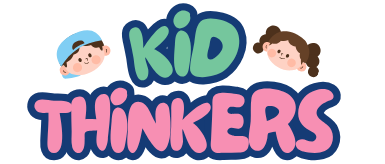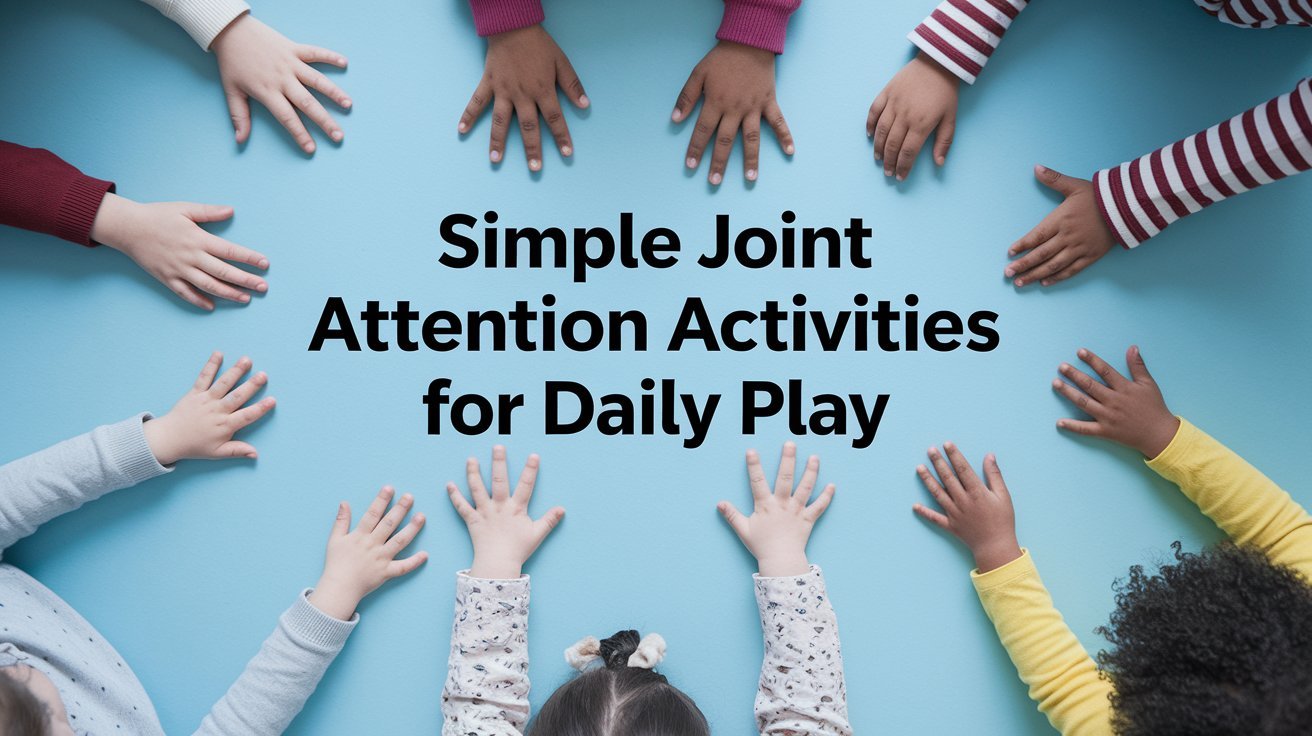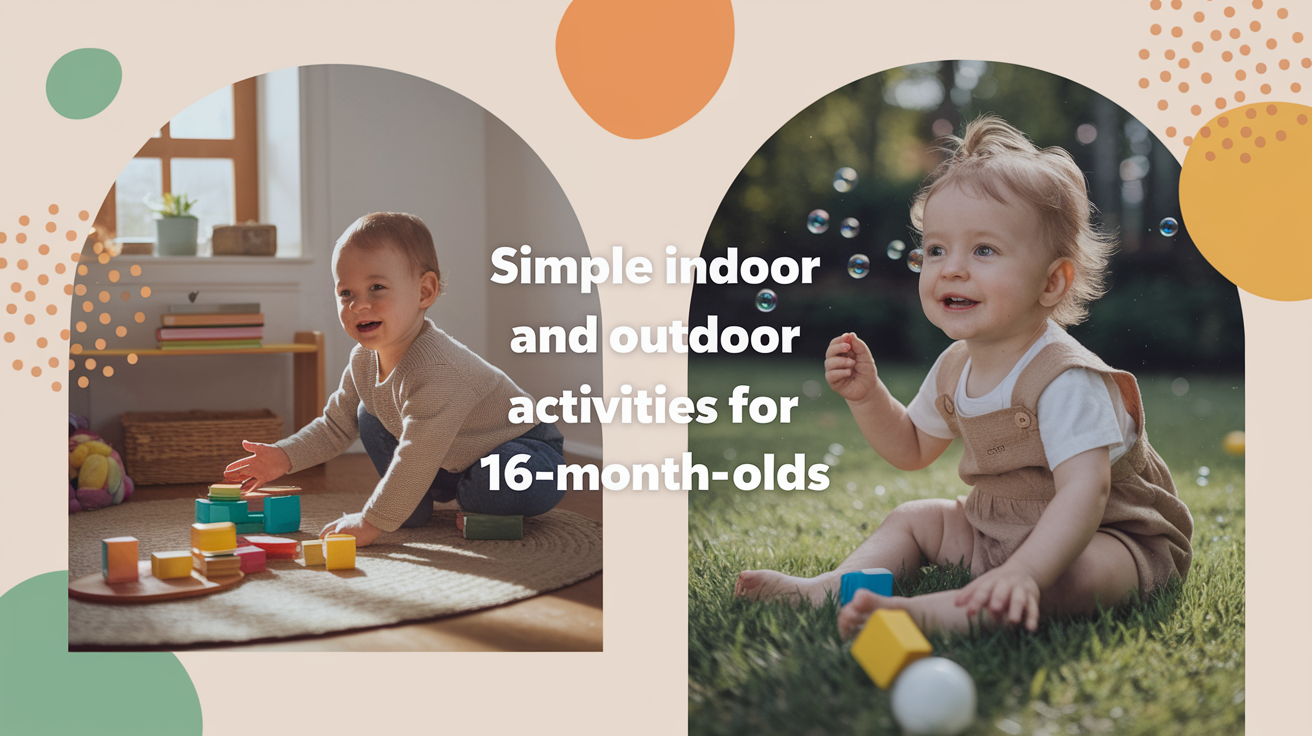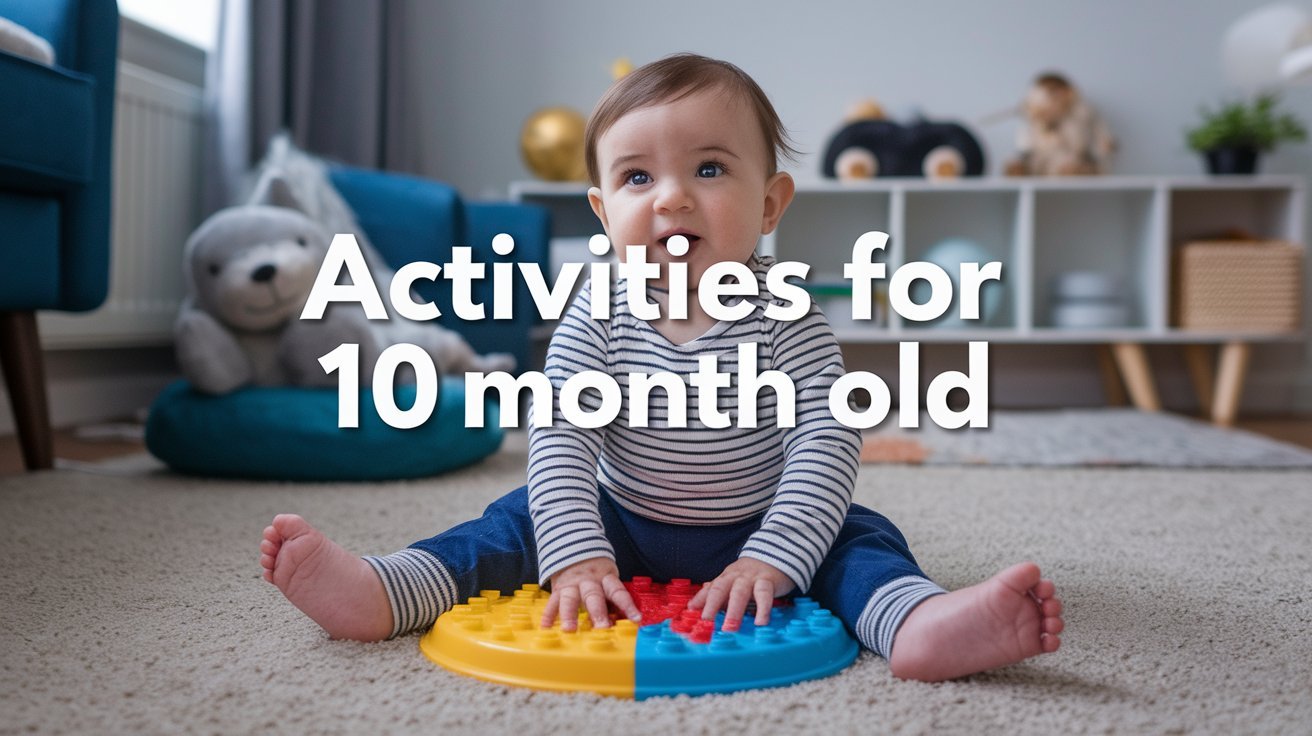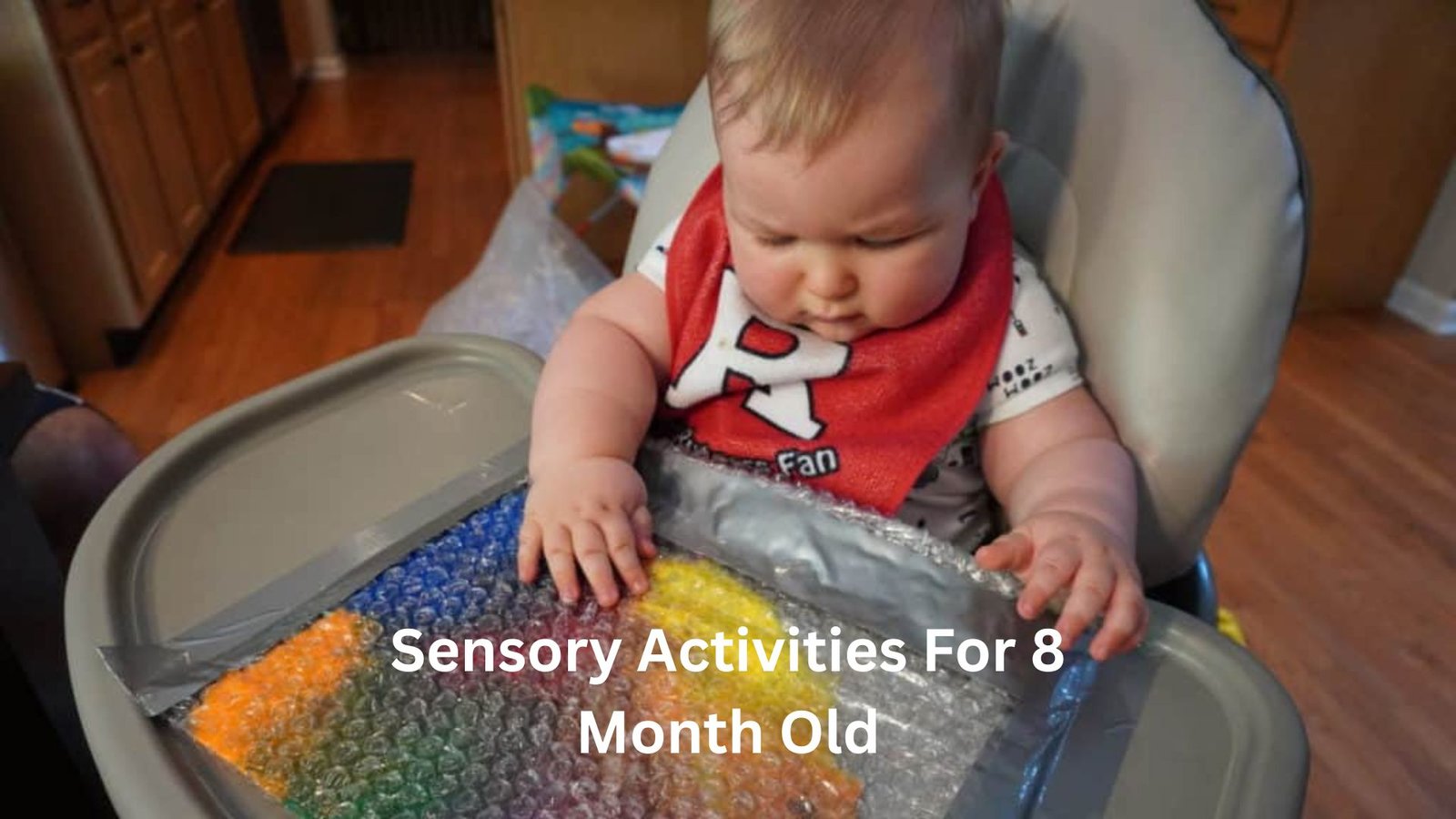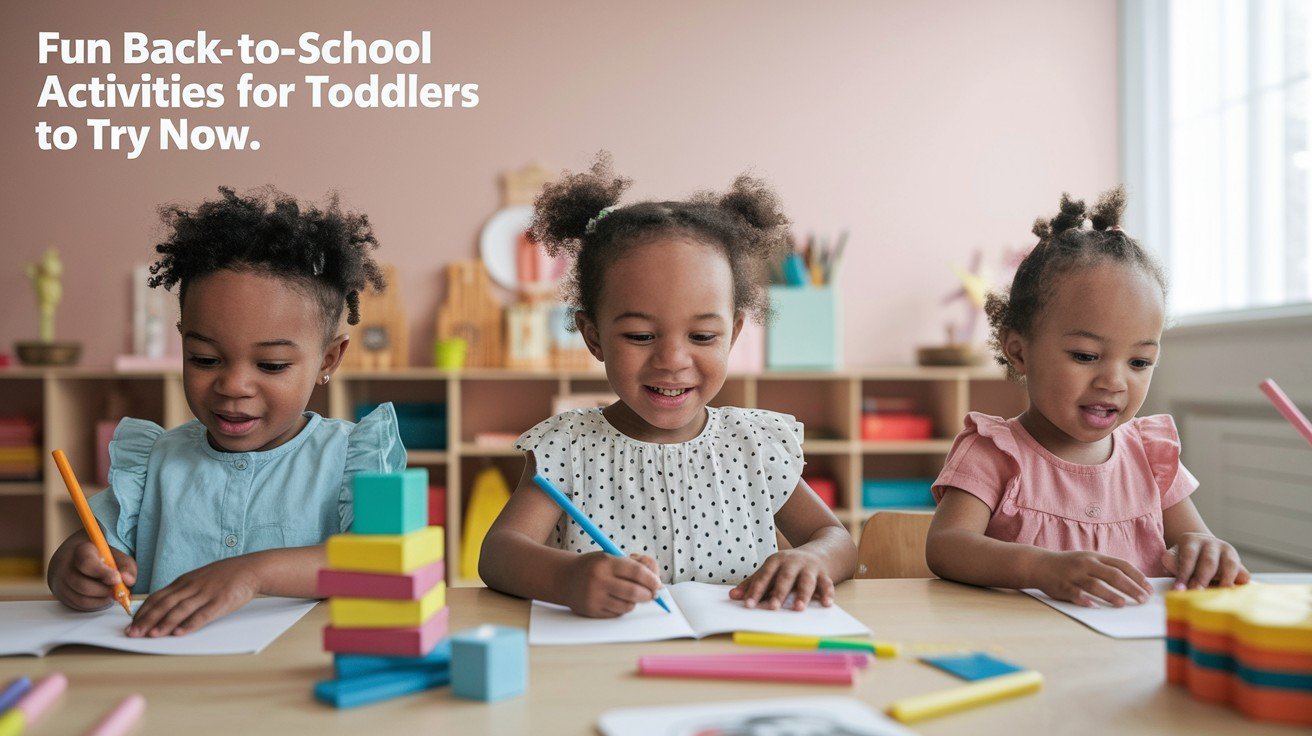You are sitting with a child who is holding their favorite toy. You point, trying to get their attention. They look away. This happens to many parents.
What you are working on is called joint attention. Two people jointly attend to the same thing. This skill is foundational for communication. It is foundational for play and connection.
Joint attention helps children of all developmental levels, even children with autism or other developmental delays.
In this post, you will learn of 7 simple play-based activities. You can do these today for the building of this important skill.
What Is Joint Attention and Why Does It Matter?
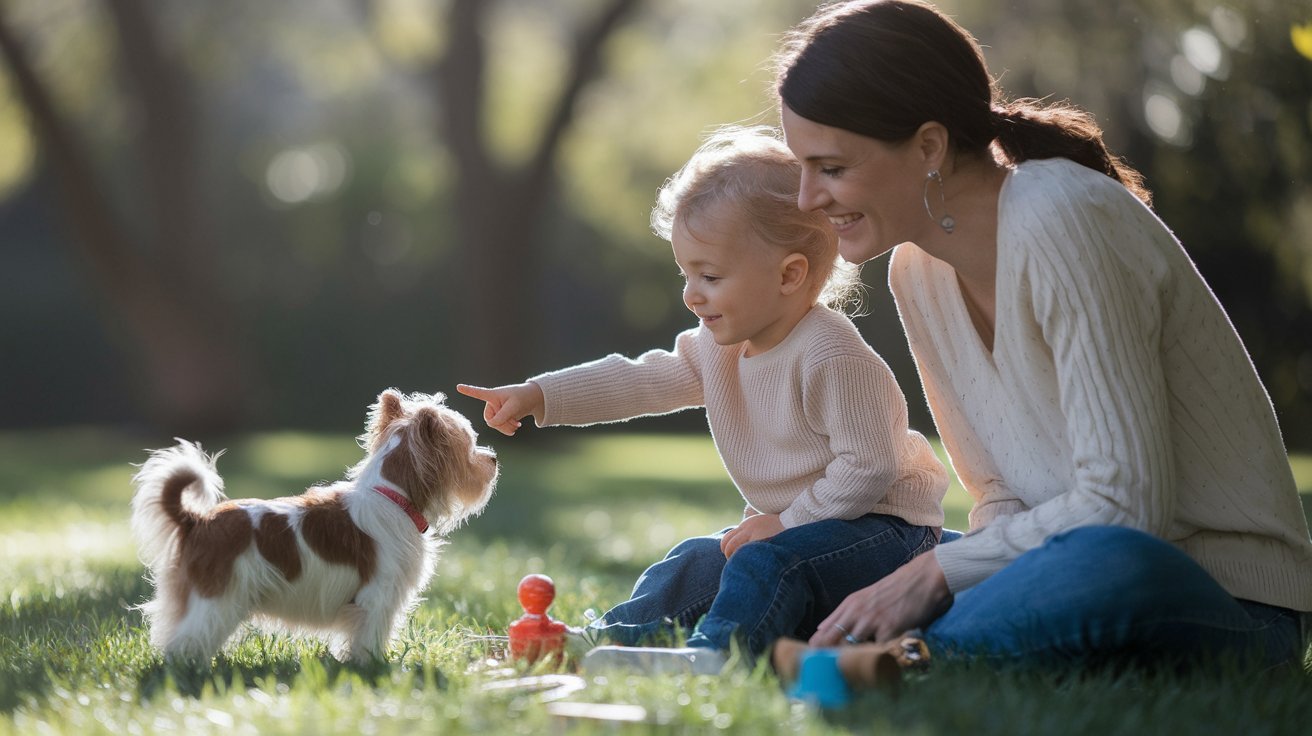
Joint attention happens when a child and an adult look at the same thing together. Your child points at a dog, looks at you, then looks back at the dog. That’s joint attention.
This skill doesn’t need words. Children use eye contact, pointing, body movements, and sounds. It starts before they can talk and helps them learn to speak later.
There are three main parts. First, children respond when you try to get their attention. Second, they share what they’re looking at with you. Third, they learn to take turns.
Why does it matter? It builds language skills. Children learn words better when they focus on the same object as you. It helps kids play with others and make friends. It supports all kinds of learning.
Look for these signs: eye contact, pointing at things, showing you objects, and following your gaze.
Remember that practice helps. The more you do joint attention activities, the easier they become. Over time, your child will need less help.
Fun Activities to Build Joint Attention Skills
These activities are easy to do at home. Pick one to start with and practice often.
Bubble Play
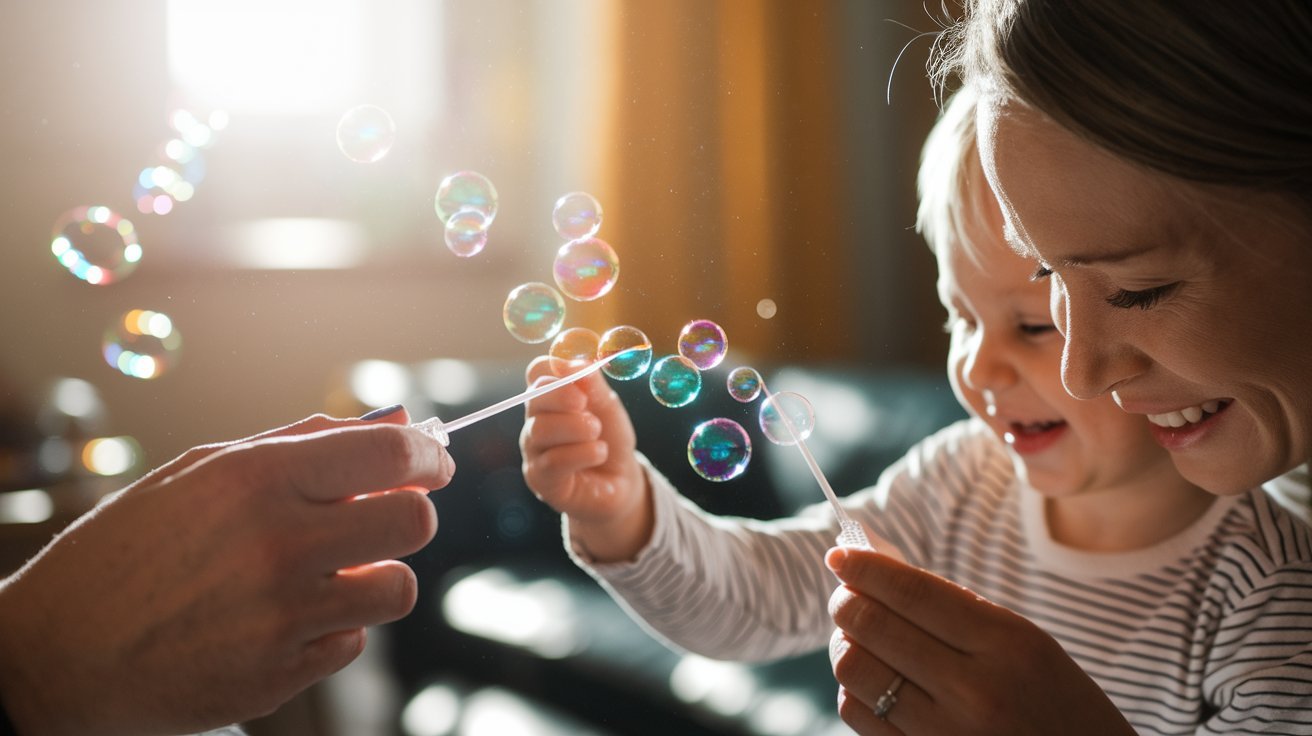
You need a bubble solution and a wand. Bubbles work great for all ages.
Blow bubbles toward your child. Catch one on your wand and hold it near your face. Wait for your child to look at you or reach for it. When they pop it, celebrate together.
Pause between bubbles. This builds excitement and gives your child time to ask for more.
Why it works: Bubbles naturally draw attention to your face. Children have to look at you to find the bubble.
Tips: Use big facial expressions. Say “pop!” each time. Wait for eye contact before the next bubble. Chase bubbles together or take turns blowing.
Ready, Set, Go!
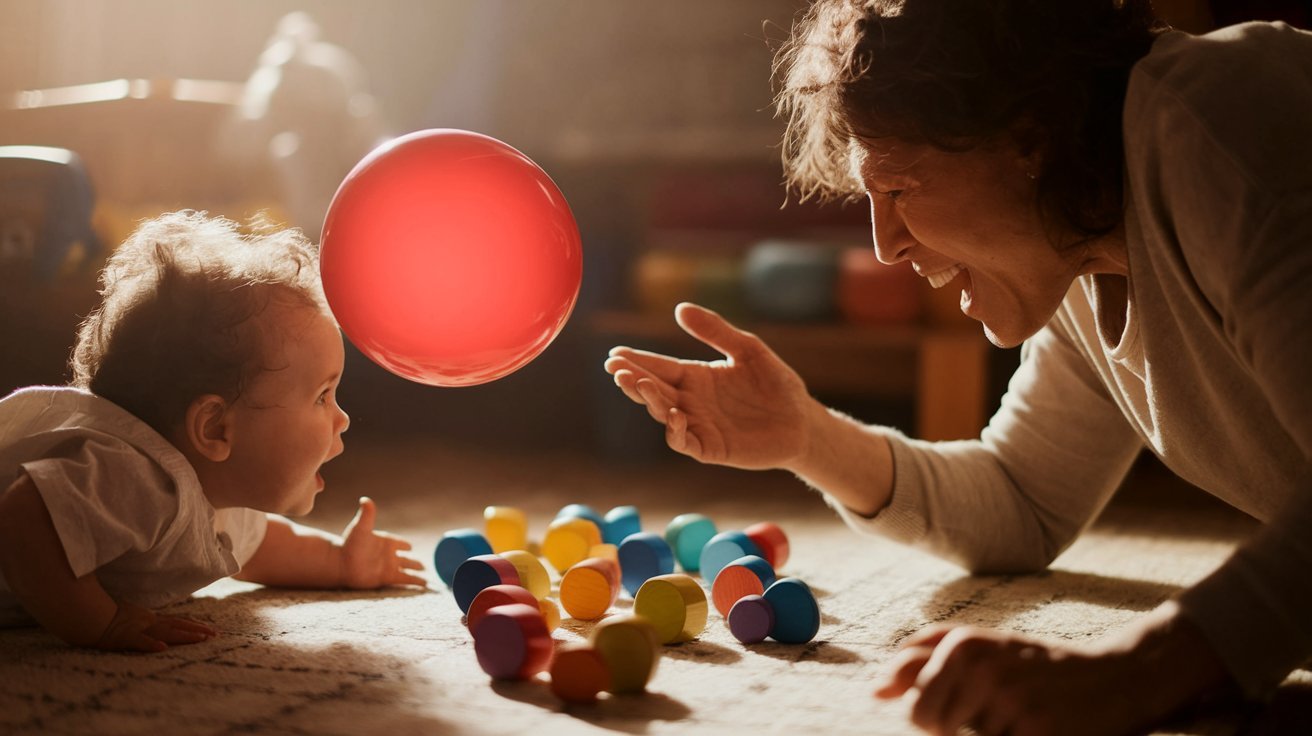
You can use any fun activity. Try rolling a ball, pushing toy cars, or jumping.
Say “Ready… Set…” and pause. Wait for your child to look at you or respond. Then say “GO!” with energy and do the activity.
Repeat this pattern. The game creates anticipation and teaches cause and effect.
Why it works: Your child learns their response makes the fun happen.
Tips: Make the pause longer as they learn. Accept any response, a smile, eye contact, or body movement; all count.
Use it with: sliding toys down ramps, pushing cars, jumping, or releasing balloons.
Stacking and Crashing Blocks
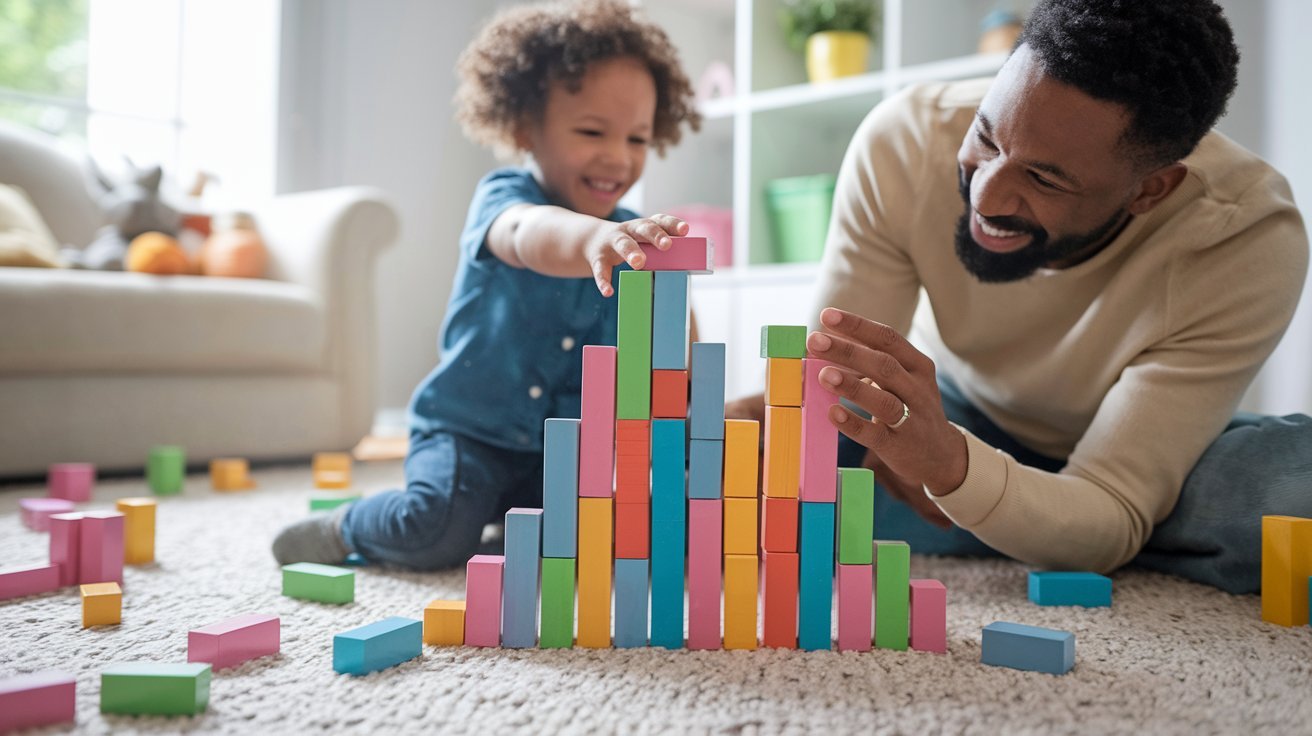
Get building blocks or plastic cups. Even cardboard boxes work.
Take turns adding blocks to make a tower. Build excitement as it gets taller. Knock it down together. Most kids love this part. Celebrate the crash, then start building again.
Why it works: Turn-taking is a core part of joint attention. The crash makes the wait worth it.
Tips: Start with 3-4 blocks for younger children. Hand blocks one at a time to practice requesting. Use animated reactions when the tower falls.
Alternative: Push cars down a ramp together or roll balls to knock down towers.
Action Songs with Gestures
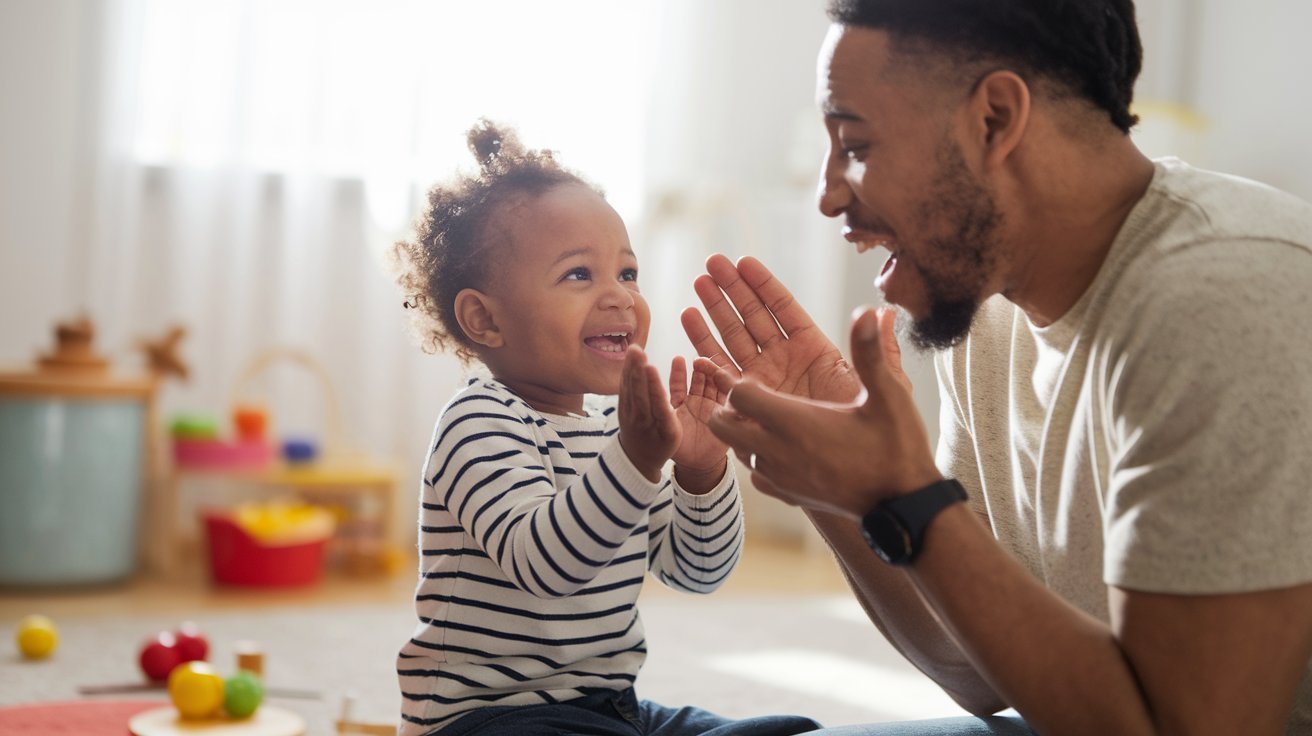
You just need your voice and hands. Songs with movements are perfect.
Try “Wheels on the Bus” with hand movements. “Itsy Bitsy Spider” with finger walking. “If You’re Happy and You Know It” with clapping and stomping.
Sing slowly and use big gestures. Face your child directly. If they allow touch, gently help them make the motions. Repeat favorite songs many times.
Why it works: Music keeps children interested. The repetitive structure helps learning. Gestures give visual cues.
Tips: Pause during the song to see if your child anticipates the next part. Use lots of facial expressions.
Tickle Games
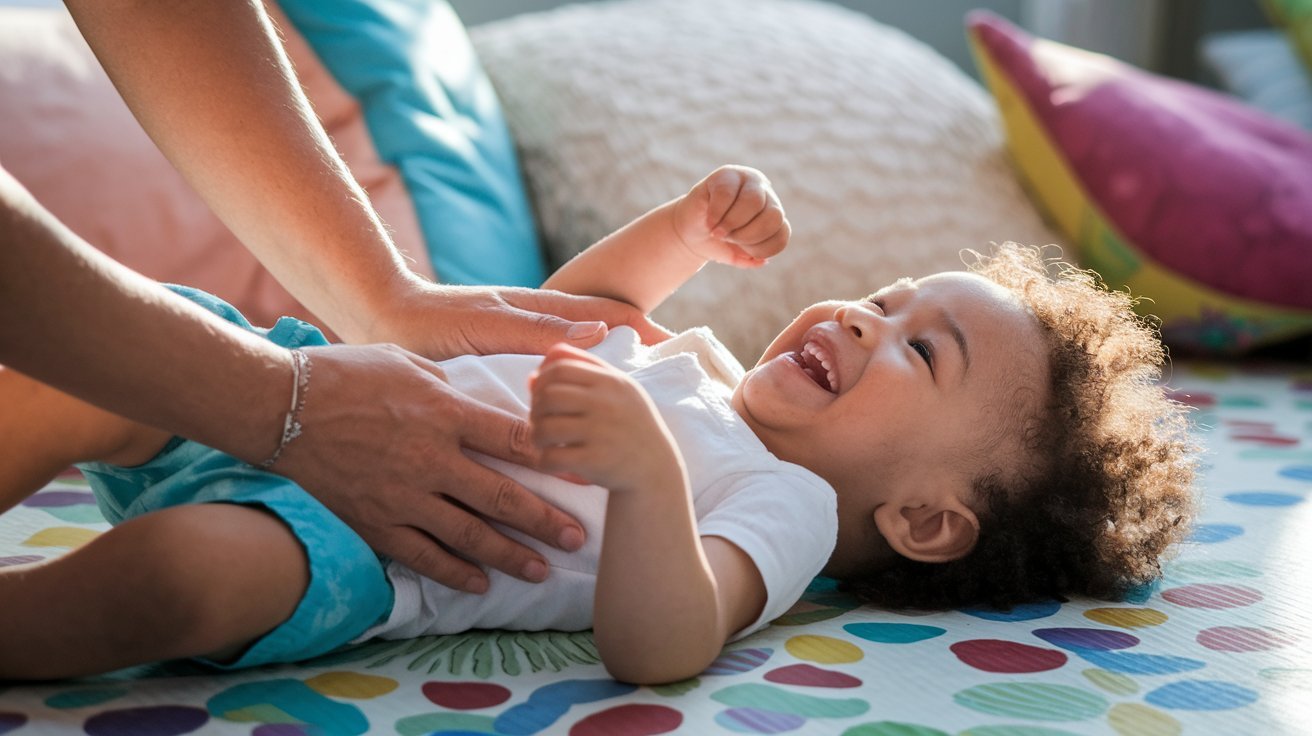
You don’t need anything. Some families use the “Round and Round the Garden” rhyme.
Start with gentle tickles on arms or tummy. Do a few seconds, then stop. Wait for your child to ask for more through eye contact, smiles, or reaching. When they communicate, tickle again.
Finger rhyme version: Draw circles on their palm: “Round and round the garden, like a teddy bear.” Walk fingers up their arm: “One step, two steps.” Tickle under chin: “Tickly under there!”
Why it works: Most children find tickling fun. They’re motivated to communicate so the game continues.
Important: Respect if your child doesn’t like tickles. Try gentle squeezes instead.
Ball Rolling
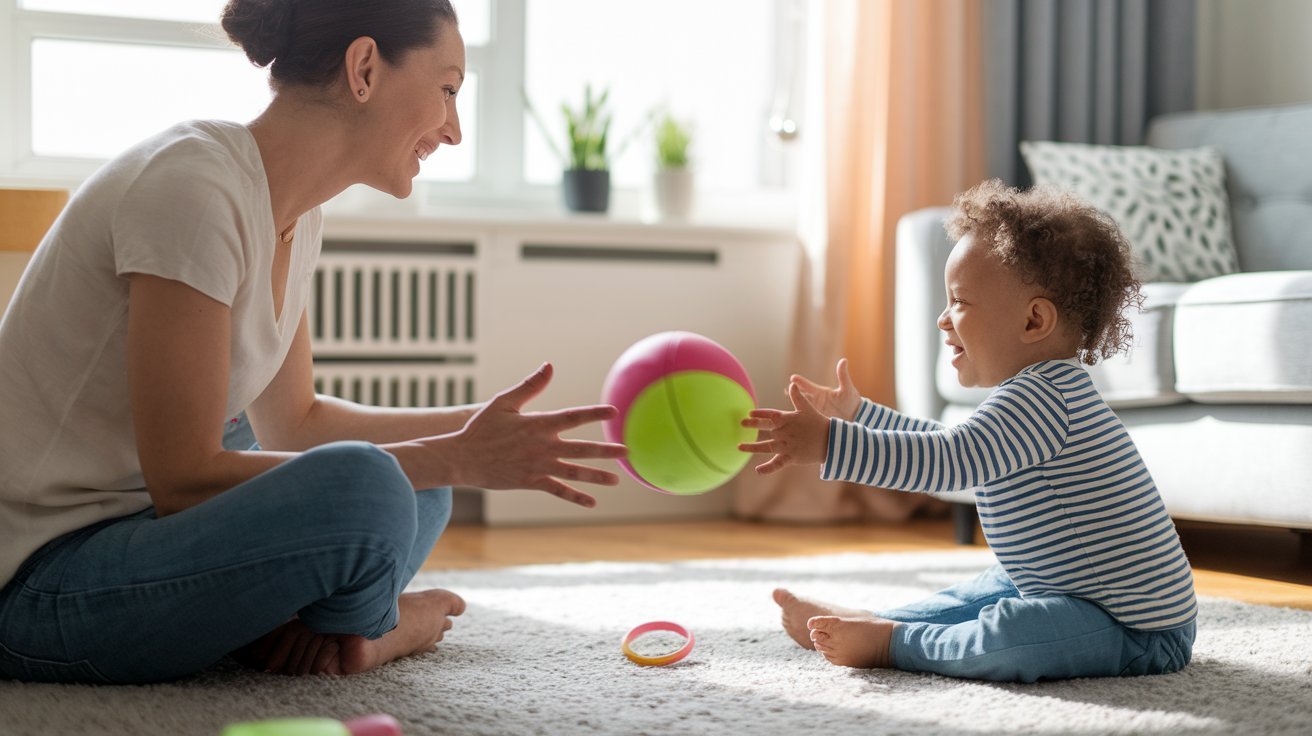
Get a medium-sized ball. Beach balls or playground balls work well.
Sit on the floor facing your child. Roll the ball slowly to them. Help them roll it back. After a few rolls, hold the ball and wait. Look for eye contact or raised hands before rolling again.
Why it works: Simple turn-taking builds joint attention. Waiting creates anticipation.
Tips: Have another adult behind your child to help at first. Use a ball with bells or lights. Count “1, 2, 3” before each roll.
Variations: Roll through paper towel tubes, down ramps, or to knock over targets.
Peekaboo
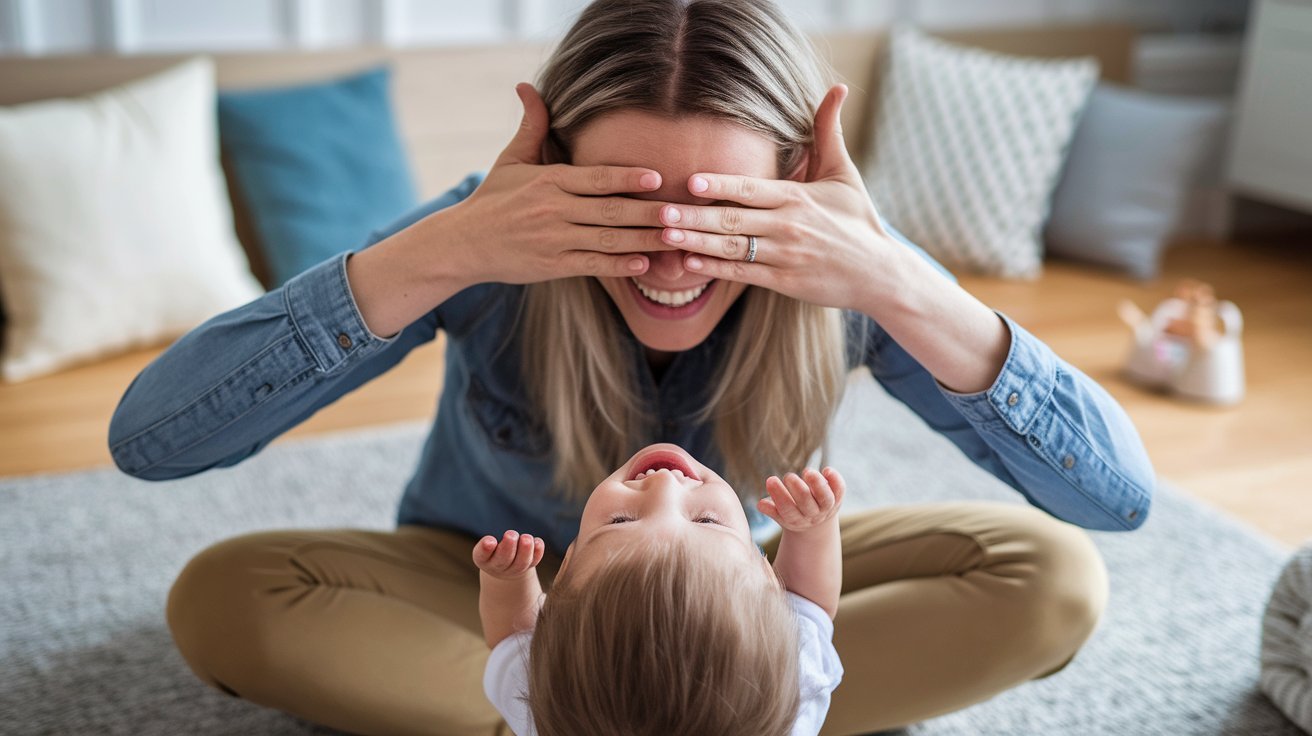
You need your hands or a light scarf. This classic game works at many ages.
Cover your face with your hands. Say “Where’s [your name]?” Uncover suddenly and say “Peekaboo!” Repeat over and over. Try covering your child’s face if they allow it.
Why it works: Almost all children understand this game. It teaches object permanence and naturally brings focus to faces.
Tips: Make silly faces when you appear. Take turns being hidden. Try hiding behind furniture for mobile children.
Variations: Use a blanket for the whole-body version. Hide toys under cups. Pop up from behind furniture. For tactile-seeking kids, wrap in a weighted blanket, squeeze, then open to say “Boo!”
Tips for Success with Joint Attention Activities
These activities work best in the right setting. A few simple changes help.
- Minimize distractions. Turn off the TV. Move to a quieter room. Put away extra toys.
- Get on your child’s level. Sit on the floor if needed. Face them so they can see your expressions.
- Notice what interests them. Use their favorite things in activities. Start by joining their play. Copy their actions and sounds first.
- Add turn-taking gradually. Once you’re playing together, slowly introduce taking turns.
- Be patient. Progress takes time. Celebrate small wins.
Conclusion
When people share attention and gather together, they get communication. It’s the main thing they get. These seven activities are simple but powerful building blocks. You don’t need expensive toys. You don’t need special training.
Repeat. You redo the same thing again and again. Try different ones. What works varies for each child. It’s a laborious process. Perhaps a glance exists, perhaps a smile exists, perhaps a hand exists. Those are signs of progress, no matter how small. It is not just eye contact. Joint attention requires acceptance of gestures, smiles, and other signals in body language.
Select one activity. Do it each day during the week. In the meantime, consider therapy. It could be speech, occupational, or ABA. Try these activities so you and your child can jointly attend. Then you both can communicate and enjoy.
Frequently Asked Questions
At What Age Should My Child Develop Joint Attention Skills?
Joint attention starts around 6 months when babies follow your gaze. It is fully developed by 18 months. Delays can happen. Early help from professionals makes a big difference if you notice struggles.
How Long Should I Practice These Activities Each Day?
Short sessions work best, 5 to 10 minutes each. Practice multiple times throughout the day rather than one long session. Follow your child’s interest. Stop if they get frustrated.
What If My Child Won’t Make Eye Contact During Activities?
Eye contact isn’t the only form of joint attention. Look for other signs like smiling, turning toward you, reaching, or listening. Forcing eye contact can be harmful. Focus on shared engagement first.
Can These Activities Help Children With Autism?
Yes. These activities are evidence-based strategies therapists use. Joint attention is often harder for children with autism. These give structured practice in a fun way. ABA therapy uses similar methods. Talk with professionals about a personalized plan.
How Do I Know If My Child Needs Professional Help?
Watch for warning signs: not responding to their name by 12 months, avoiding all interaction, no interest in people, or losing skills. When unsure, get an evaluation. Early help makes the biggest difference. Speech and occupational therapy can help.
